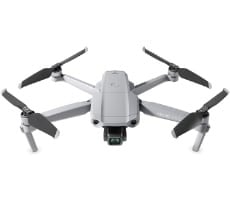To get a feel for how the graphics performance of the Huawei Mate 8 compares to other devices, next we'll test with GFXBench, which has been one of our standard mobile graphics performance benchmarks for a while now. In order to ensure Vsynch and resolution isn’t a limiting factor, we will compare Offscreen test results.
We also then ran with Futuremark's 3DMark benchmark, which has been a staple 3D graphics benchmark here across all mobile and desktop platforms for many years. In this case we're running 3DMark Ice Storm Unlimited, which is targeted for mobile devices and also runs at 720p in offscreen mode, so as to take display resolution out of the equation.
 |
|
GFXBench And 3DMark Ice Storm Benchmarks
|
|
Android Gaming And Graphics Benchmarks
|
|










